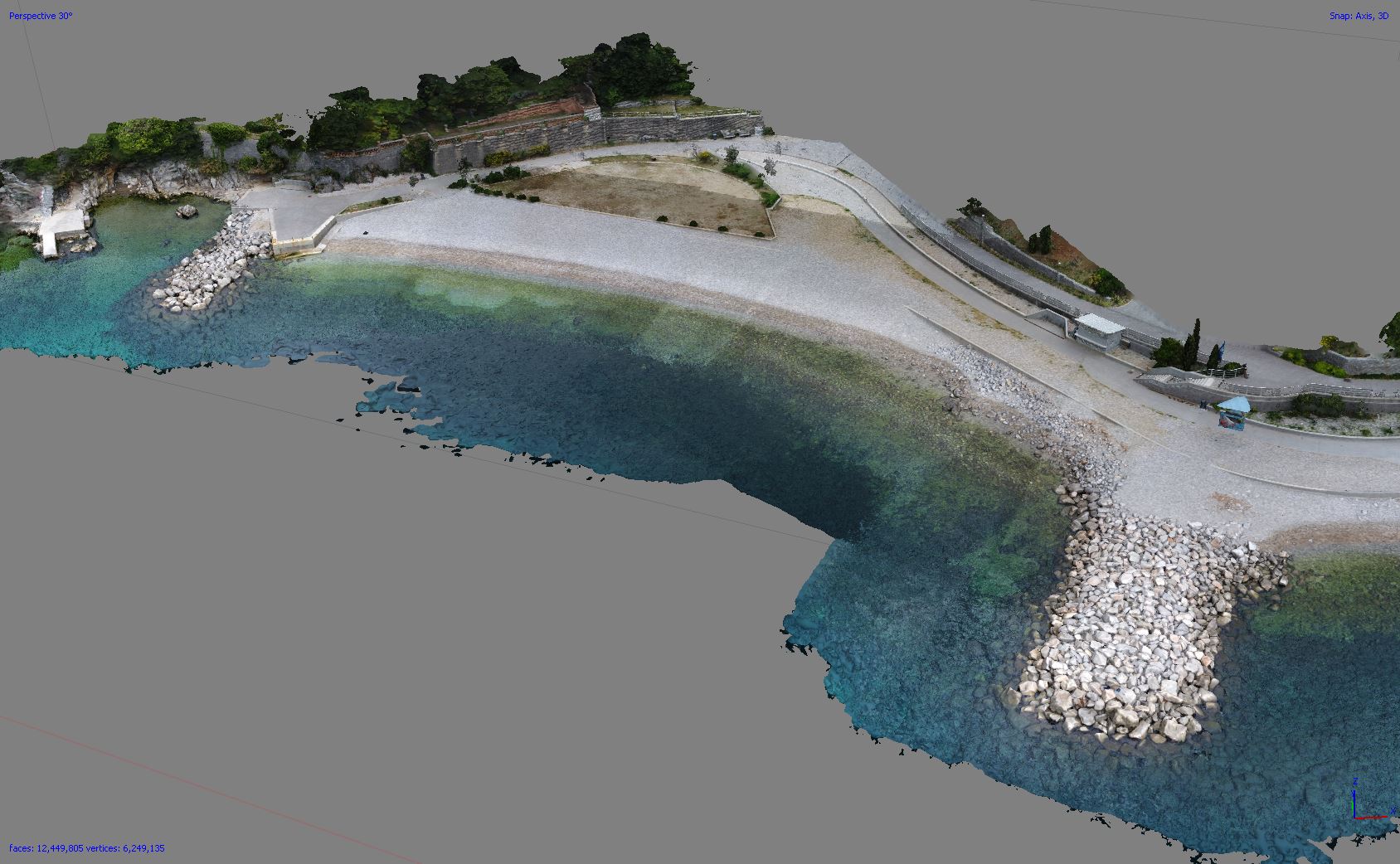Found Some Coloured Pebbles on a Beach? They Could be Part of a Scientific Study
February 2, 2022 - By studying gravel beach erosion and recovery, the Beachex project aims to come up with effective methods of beach nourishment and ensure a sustainable increase in beach capacity in Croatia
We all love a relaxing long walk on the beach, perhaps even more so in winter when beaches grow quiet with the crowds gone. And it’s not a strange habit to pick up a few shells washed ashore, a lovely pebble or some sea glass. What to do if you happen to come across some rather strangely colored pebbles? Best leave them where you found them, as they might be part of a scientific study.
Enter the Beachex project, a part of which is currently being conducted on Ploče beach in Rijeka. As reported by Novi list, a sign has been put up on the beach to warn passersby not to (re)move the smart pebbles, as researchers are tracking their movement in order to determine morphodynamics of artificial beaches.
The project in question is run by the Faculty of Civil Engineering of the University of Zagreb in collaboration with the Lancaster Environment Centre at Lancaster University, and in short, it aims to study beach erosion.
What inspired the project? As explained on the Beachex project website, the pressure on gravel beaches in Croatia is twofold. On one side, there’s the ever-expanding tourism industry, generating a need to increase beach capacity by beach nourishment to accommodate the growing number of beachgoers. At present, beach nourishment in Croatia isn't regulated by law, and is thus often conducted with artificial materials that are unsuitable for the purpose and harmful for the ecosystem.
On the other end, there’s also the increased storm activity caused by climate change, also leaving its mark on beaches.

Ploce beach in Rijeka / Image source: grad.hr/beachex
‘The Beachex project aims to explore the mechanisms of gravel beach erosion and recovery to provide technical support for long-term beach nourishment in order to achieve a sustainable increase in beach capacity while reducing the influence of climate change’, states the project website.
Apart from the smart pebbles, measurements are collected on Ploče beach using video monitoring and an oceanographic buoy combined with geodesy measurement.
Tracking beach morphodynamics, however, is just one of the project’s goals. Researchers are also building a database of nourished beaches in Croatia and aim to educate the public about beach erosion through workshops in Rijeka and Split. The impact of beach nourishment on marine life is being studied through dive surveys on beaches in several coastal towns.
All the data collected as part of the project will also help scientists predict the impact of climate change in regards to beach sustainability, so that preventative action can be taken to reduce the influence of extreme natural events on beaches, as well as tourism at large.
All in all, if you see a pebble coloured bright red, yellow, or any other colour that kind of looks out of place on a gravel beach, just leave it - best not to intervene in those morphodynamics.
Find out more about the Beachex project here.


